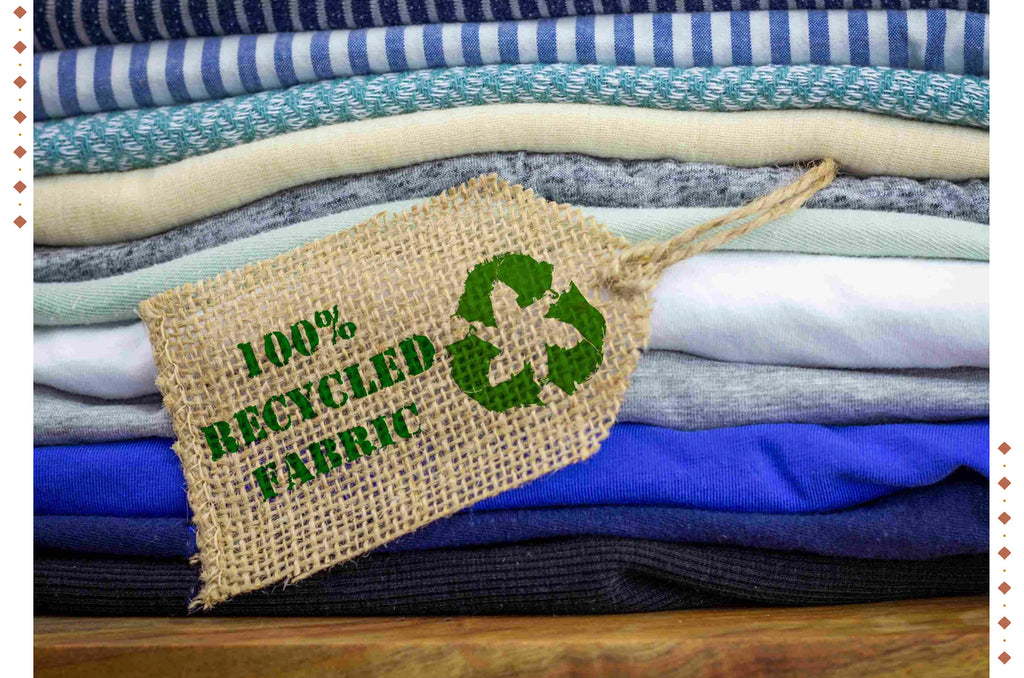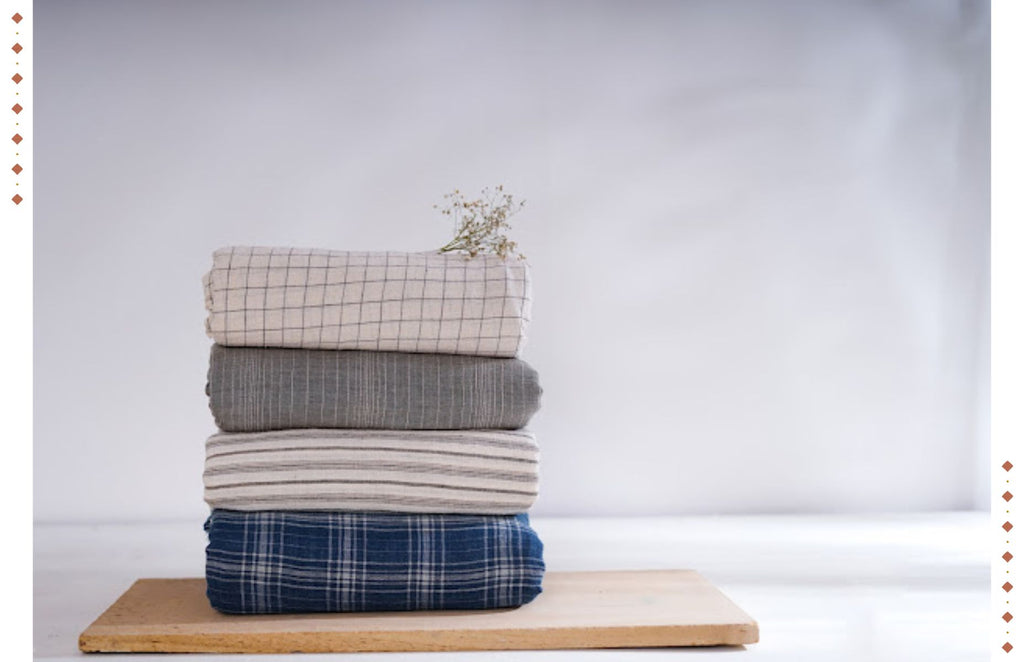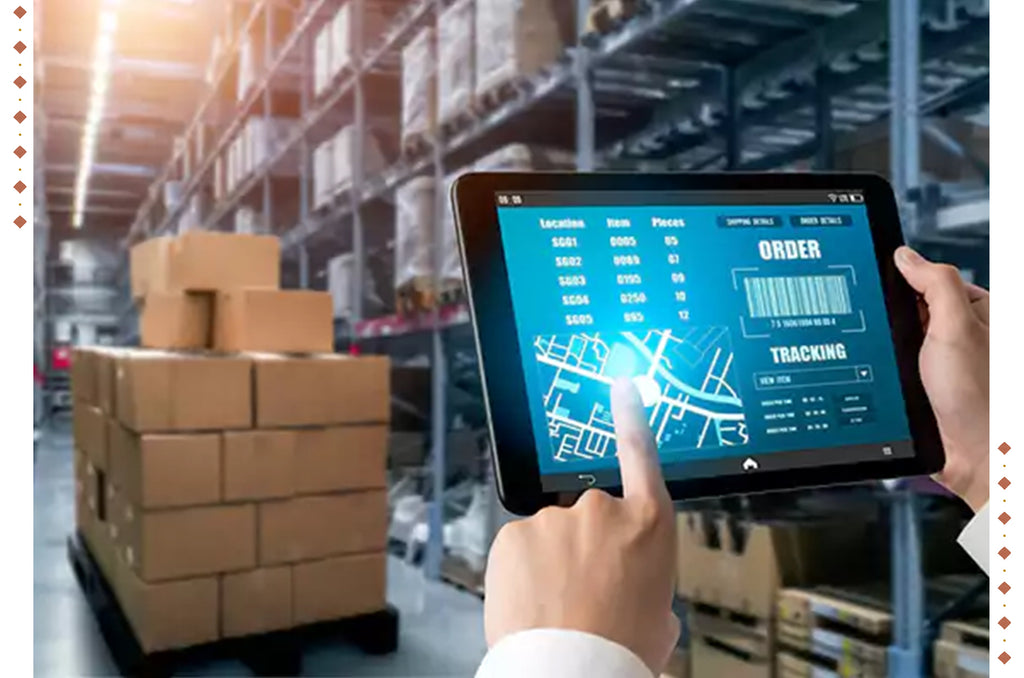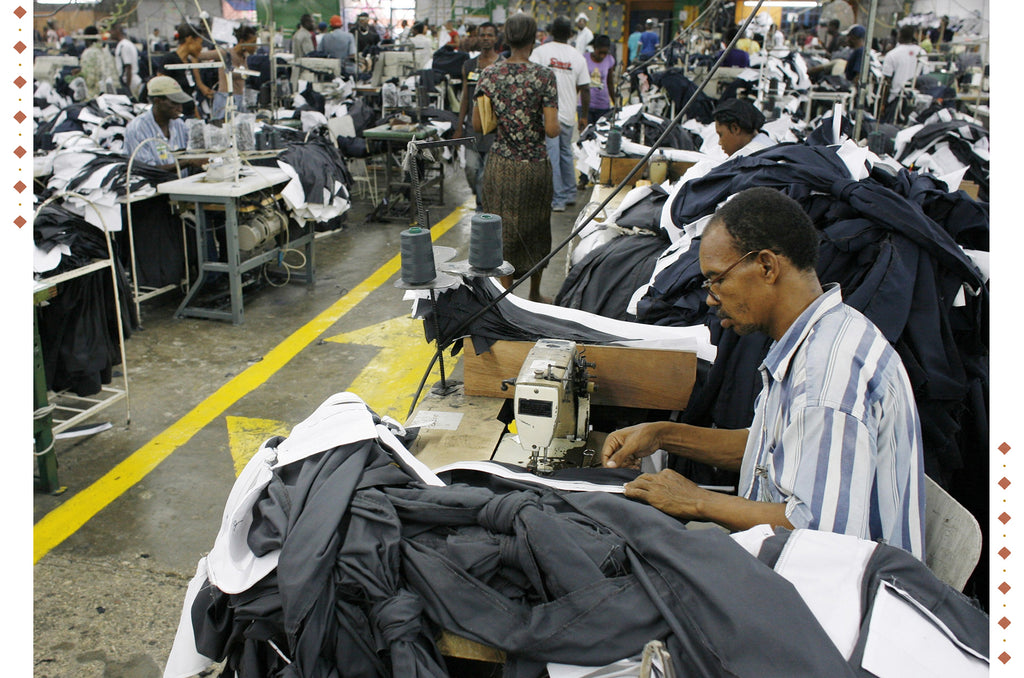While the world is moving towards sustainability with more people starting to take a strong stand against environmental concerns, organizations are yet to voice out on a larger scale.
The fashion industry, in particular, has painted a notorious image amongst people for its wasteful practices. Every year, kilos of textiles are dumped into landfills due to poor inventory management. What if you can save a good amount of money and garner a good image amongst the masses at the same time? Might sound unattainable, but with proper fabric sourcing and inventory management you can! Because both of these contribute to the reduction of wastage, which in turn would make your organization more sustainable. If all this sounds overwhelming, here are a few steps to get you started.
1. Plan in advance

With the advent of technology in the textile industry, nowadays, planning shouldn't be a big issue. Yet, some organizations do not plan - leading to incorrect fabrics being ordered in excess quantity.
Ideally, you should know the fabric type you need, and the quantity for the same before starting a project. Many sourcing partners nowadays provide sampling of your desired pattern or fabric. So even before you place your custom bulk fabric order, you know exactly how your fabric will turn out. This way, you won't have any excess fabric clogging your inventory. And, of course, along with waste management - this also helps in saving costs.
2. Keep track of your inventory

While you're planning for your next project, it is always better to check your inventory. It is best to keep a sheet or note of all the fabrics that you already have from your old projects - and the quantity left behind.
For instance, if you are wanting to start a project on quilted fabric essentials - you can check from your old jacket project if there is anything left out. If you have some sizable quantity, you need not require a new garment at all. One other advantage of keeping track would be to use up the fabric before they expire.
3. Identify reliable suppliers

Creating a relationship with your suppliers is very important. If you develop a good working bond, you will get your fabrics on time - leading to a reduction in order. At the same time, if you end up ordering a fabric that you don't need anymore - you can return it to your supplier.
4. Considering recycled fabric

As we move towards sustainable fashion, recycled fabrics would be a counter stone in this movement. For the uninitiated, recycled fabrics are nothing but fabrics made out of consumer waste. For instance, Recycled polyester, rPET - is made out of plastic bottles. Some of the benefits of using recycled fabric are:
- Cost saving
- Minimal wastage
- Less energy to produce recycled fabrics
- Reduces CO2 emission
5. Upcycled fabrics
If you think the recycled fabrics might need some additional processing, upcycled fabrics would be the best option for you. The difference between upcycled and recycled fabric is the starting point. While recycled fabric is made out of consumer waste like plastic bottles, upcycled fabric is created by repurposing old fabrics.
6. Sustainable fabrics

Sustainable fabric is no longer a niche category. With more people sporting this environmentally conscious fabric, companies at large have started including it in their inventory. You can start using sustainable fabrics too if you haven't already! This way you will minimize the impact on the environment.
7. Adopt lean manufacturing processes
Not just sourcing, a lot of effort must go into the production phase to effectively manage the wastage. One such way would be to adopt a lean manufacturing technique. By this, we mean improving efficiency by reducing the wastage. Wastage - not just in the form of fabrics but also in the form of time and motion. Because if you standardize a procedure the amount of time spent cutting through unwanted regions would decrease - resulting in a reduction in wastage, as well.
8. Closed loop production
Along with lean manufacturing techniques, organizations should start implementing closed-loop production systems. This way, whatever is left over from another project can be used for a new project. And, the output not utilized previously can be the input for the new one. Simply put, you will be using excess fabric scraps from your previous project for your new project. By implementing this small change, you will see a significant reduction in wastage.
9. Continuous and regular waste audits
Conducting regular waste audits is quintessential for waste management. Because even if you have put all the effort into setting up the system, you would need something to validate whether or not your system is working properly. This is where waste audits would help. For a proper waste audit, the following needs to be considered:
- Understanding where the waste is coming from.
- What kind of waste is being generated
- How much if it can be recycled
- Are there any improvements that can be made to the production process to reduce wastage
- Impact of waste reduction practices on overall efficiency
10. Digital Inventory Management

We have spoken about a lot of things - but putting it into practice manually would be an uphill task. Instead, use the prowess of digital inventory management. A digital inventory software would help in tracking the inventory levels, and fabric used for each project, as well as in identifying potential areas of wastage. In addition to this, the real game-changer is its capability to provide information in real-time, which will go a long way in making decisions quickly.
Some of the best digital inventory management software available in the market are:
- Zoho Inventory
- Vyaapar
- Invoay
- myBillBook
- Ginesys
11. Educating people on the shop floor

Bringing about a change in any organization starts with relaying the key objective to the workforce. Therefore it is equally important for your employees to know your commitment towards waste management. Creating a sense of inclusion would make the people on the shop floor to work efficiently.
12. Getting feedback and opinions from others
Needless to say, those who work on the shop floor would have a better idea of the processes than you. Hence it is advisable to speak to your employees and get their thoughts on how waste can be minimized. Because they will have first-hand experience in dealing with wastage.
Waste management is a continuous process.
If you want to succeed at it, as an organization, you would want to spend optimal time in making it work. At the same time, consciously monitor the processes once they are set. Standardization is another thing that you would need to consider. Above all, for getting the best results, it is always advisable to opt for digital inventory management software. This will increase your odds of succeeding and maintaining the process set. Off you go!



